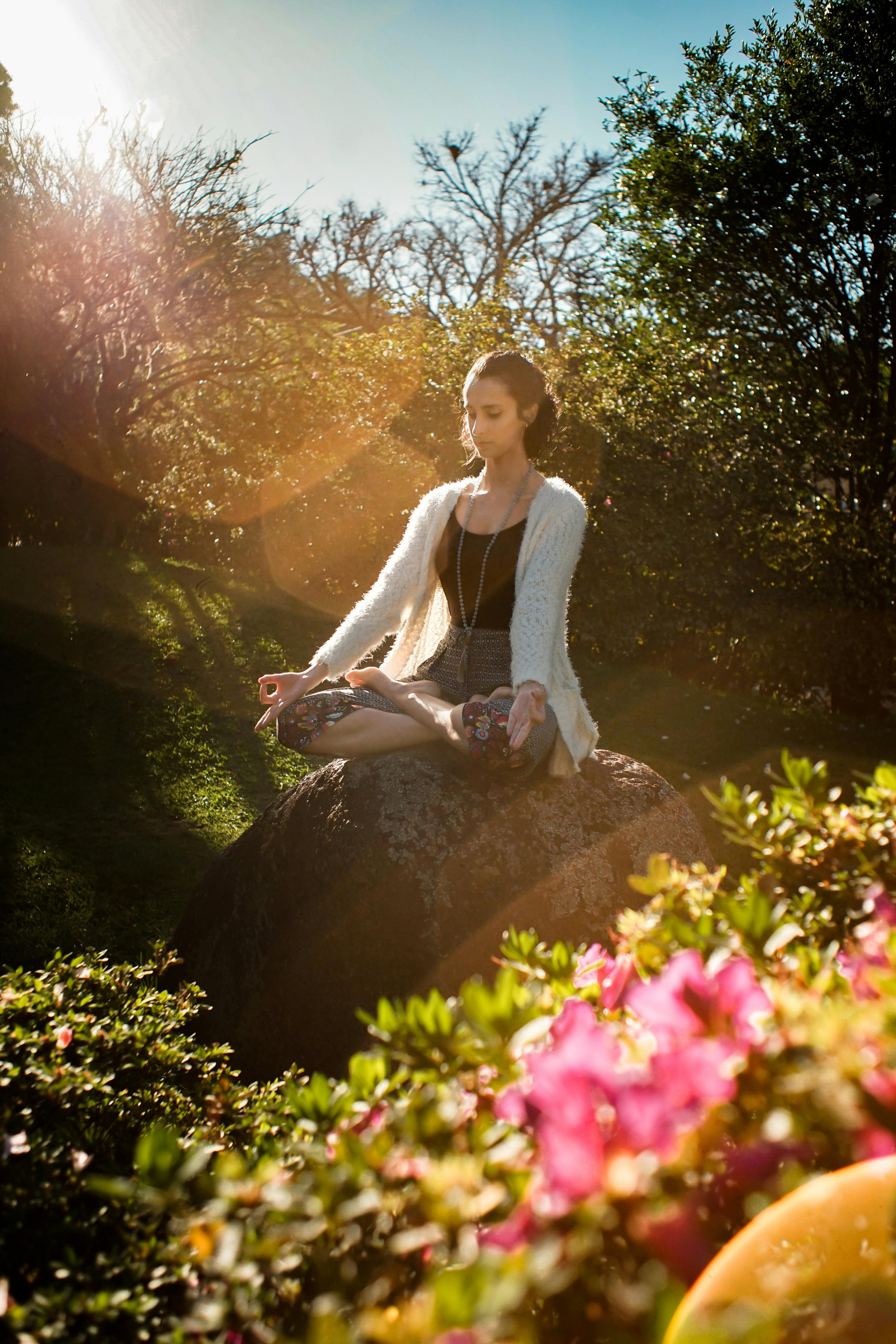Is It Time for a New Garden?
Have you considered a new garden on your property? Why not give your backyard purpose with elements that suit your needs, look great, and increase your family’s quality of life?
Sound like a hard sale? Think again. Studies show that being outdoors in a green environment can reduce blood pressure, ease anxiety, and increase happiness. By utilizing your outdoor space with a garden tailored to your preferences—whether for cooking, attracting wildlife, or creating a stylish landscape—you can reconnect with nature and bring its beauty right to your doorstep.
Where to Begin
When deciding where to start with your garden, think about your personal style, time constraints, the architecture of your home, or even hobbies like cooking, which could inspire you to incorporate herbs or edible plants. These factors will help you design a garden that maximizes the impact of your space.
It’s important to be realistic about your time and budget. Choose plants and features that you can maintain, and don’t select high-maintenance plants if you won’t be able to care for them properly. A minimalist, low-maintenance garden can be a serene place for contemplation. Or, you could mix in edible plants to create an outdoor kitchen, or design an environment that attracts wildlife. The possibilities are endless and should be tailored to suit your lifestyle.
Garden Design Inspirations
Sometimes the hardest part is finding what looks right for you. Below are a few garden styles for inspiration. You can mimic certain elements, or combine different styles using complementary textures and heights to create a cohesive garden that reflects your tastes.
Formal Garden Design
In a formal garden, the design often works in harmony with the structure of your home and property. A focal point and axis should be established to create balance. Imagine a painting folded along the center; both sides should mirror each other. The use of symmetry is key to a formal garden's appeal.
While the photo might seem elaborate, don’t be overwhelmed. You can achieve this effect in your own backyard without breaking the bank. Instead of using maintenance-heavy hedges, consider using large shrubs or annuals to create similar symmetry.
Cottage Garden Design
A cottage garden is full of cascading flowers, whimsical arrangements, and charming features like white picket fences or window planters overflowing with blooms.
Choosing your flowers carefully is crucial in a cottage garden. It’s important to have plants that bloom at different times throughout the year, ensuring that your garden looks vibrant for as long as possible. If you love cut flowers or year-round color, a cottage garden design could be perfect for your backyard.
Woodland Garden Design
In a woodland garden, a tree canopy is the most important feature. It allows for dappled sunlight, creating the perfect conditions for shade-loving plants to thrive while retaining moisture in the soil.
Notice how the tall trees provide just enough light for the undergrowth to flourish. Pruning is essential in a woodland garden to ensure that light reaches the plants below and that there’s enough space for everything to grow. If you enjoy the natural feel of the outdoors or want to invite wildlife closer to your home, a woodland garden might be just what you need.
Zen Garden Design
A Zen garden is characterized by manicured plants, decorative structures, and minimalistic elements like stone beds or calming water features. It often includes a traditional Japanese rock garden or “dry landscape” as a central feature.
In a Zen garden, incorporating borders—whether a stone wall or shrubs—helps to create a defined space. This focus on simplicity and balance clears the mind and creates a calming environment. Remember, less is more. Sculptures and boulders should stand out in the negative space around them.
Bringing It All Together
Now that you’ve seen some different garden styles, you should have a better idea of what resonates with you. Whether it’s the clean lines of a formal garden or the natural feel of a woodland garden, use these examples to help jumpstart your own design.There are other styles not mentioned here, like modern designs or functional raised garden beds for fruits and vegetables. No matter the style, start with a plan. Hiring a professional to create a 2D or 3D model of your garden can help you visualize the final result. Remember, your garden doesn’t have to be completed all at once. It can be developed in phases, giving you time to decide what works best as you go.Gardening is a journey, and with each new season, you can adapt your space to better suit your evolving needs.





